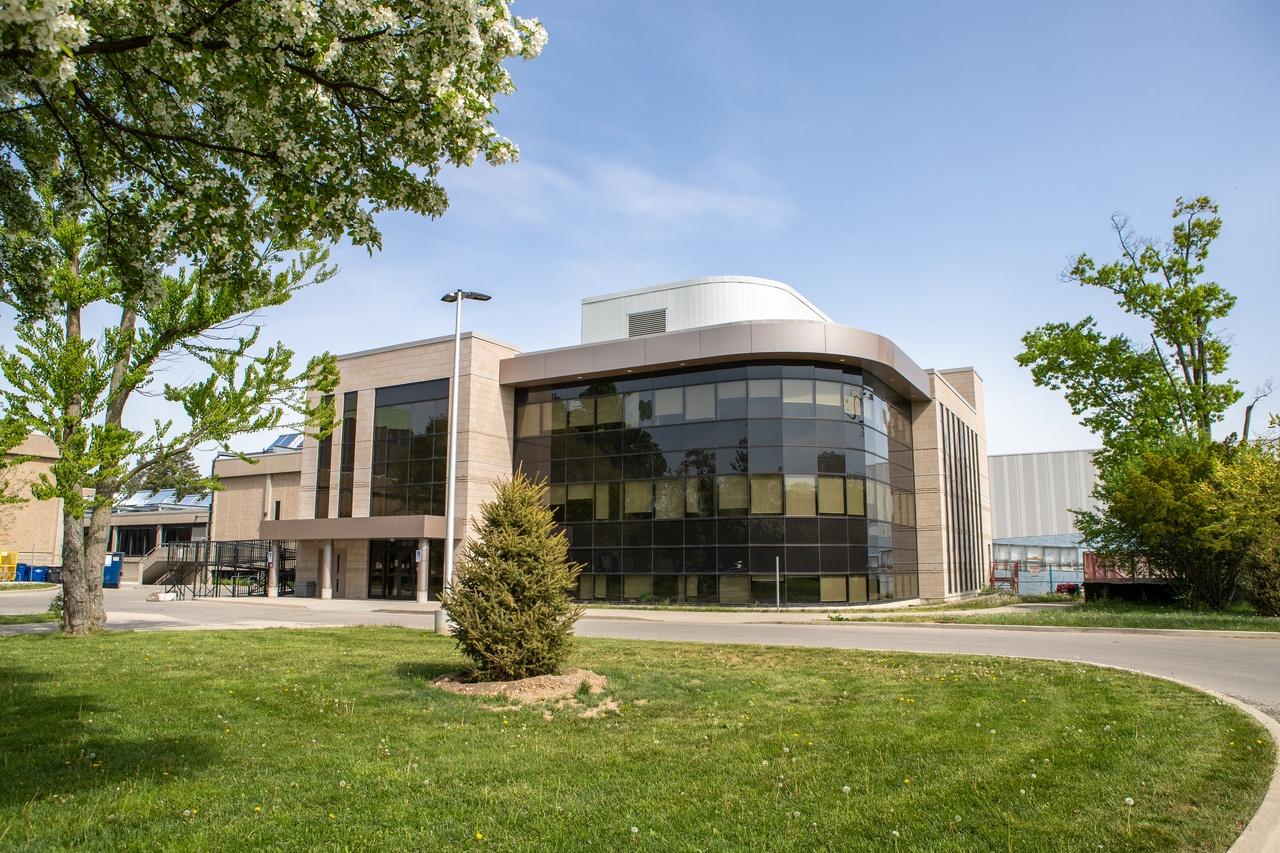Martin GibalaProfessor, Kinesiology
Overview
My research examines the effects of exercise at the molecular to whole body level in both healthy individuals and people with chronic diseases. In addition to basic, mechanistic studies on the regulation of skeletal muscle energy metabolism, my laboratory conducts applied research that examines the impact of physical training and nutrition on human health and performance. I am also interested in …
Areas of Expertise
McMaster Affiliations

Professor
Kinesiology
Member
McMaster Centre for Nutrition, Exercise, and Health Research

Member
McMaster Physical Activity Centre of Excellence (PACE)
Background
Degrees
PhD
University of Guelph
MSc
McMaster University
Bachelor of Human Kinetics
University of Windsor
Postgraduate training
Postdoctoral Fellowship
Copenhagen Muscle Research Centre
Contact
gibalam@mcmaster.ca
(905) 525-9140 ext. 23591